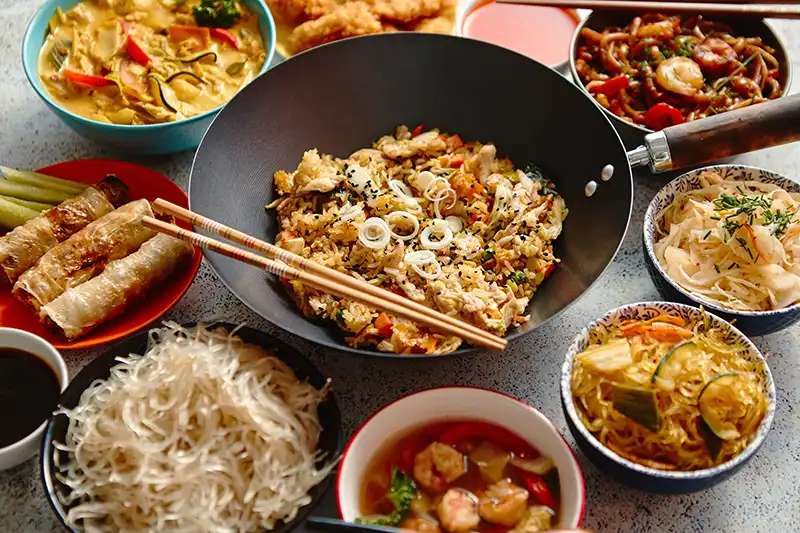A Taste of the Best Traditional Dishes in Asia
Welcome to the culinary wonderland of Asia, where every dish tells a story, and every flavor takes you on a journey. Imagine a tapestry woven with vibrant spices, fresh herbs, and unique cooking styles – that’s what makes Asian cuisine so enchanting.
Here, we’re not just talking about food; we’re embarking on an exploration of cultural heritage through the “best traditional dishes in Asia.” It’s a feast for your taste buds and a voyage for your soul. Ready to tantalize your palate and dive deep into the heart of Asian culinary traditions? Let’s get started!
A Culinary Journey Through Asia’s Iconic Dishes
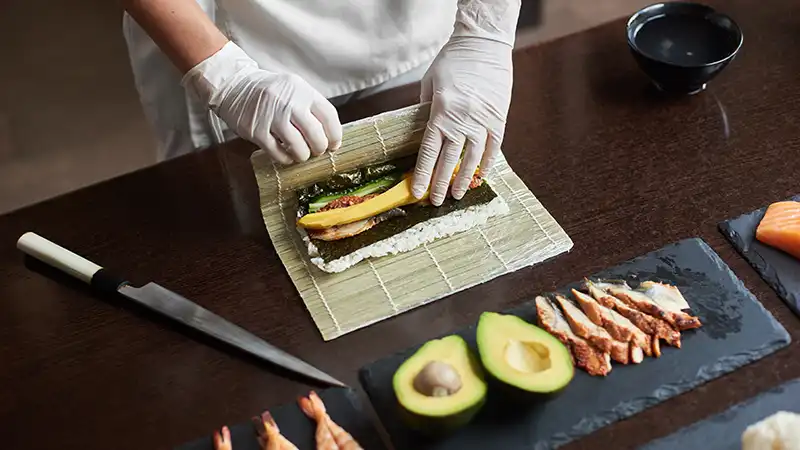
The Symphony of Flavors in Asia’s Cuisine
Asia, the largest and most diverse continent, is home to some of the world’s most iconic dishes. Let’s take a gastronomic tour and discover why these dishes are not just meals, but a rich blend of history, culture, and tradition.
- Sushi, Japan: Starting in Japan, sushi is not just food; it’s an art form. Delicate slices of fresh fish paired with vinegared rice, each bite of sushi is a perfect harmony of taste and texture.
- Pad Thai, Thailand: Next stop, Thailand, for the ever-popular Pad Thai. This stir-fried noodle dish, with its blend of sweet, sour, and savory, perfectly encapsulates the balance in Thai cuisine.
- Biryani, India: Flying over to India, Biryani is a must-try. This fragrant rice dish, cooked with spices and meat, is a celebration of flavors that tells the tale of India’s rich culinary history.
- Dim Sum, China: In China, Dim Sum is not just food; it’s a dining experience. These bite-sized portions, steamed to perfection, offer a variety of flavors and textures, each telling a different story of the Chinese culinary arts.
- Kimchi, Korea: In Korea, Kimchi is a staple. This spicy, fermented vegetable dish is a burst of flavor and a testament to the importance of preservation in Korean cuisine.
Exploring the Diversity of Regional Asian Cuisine
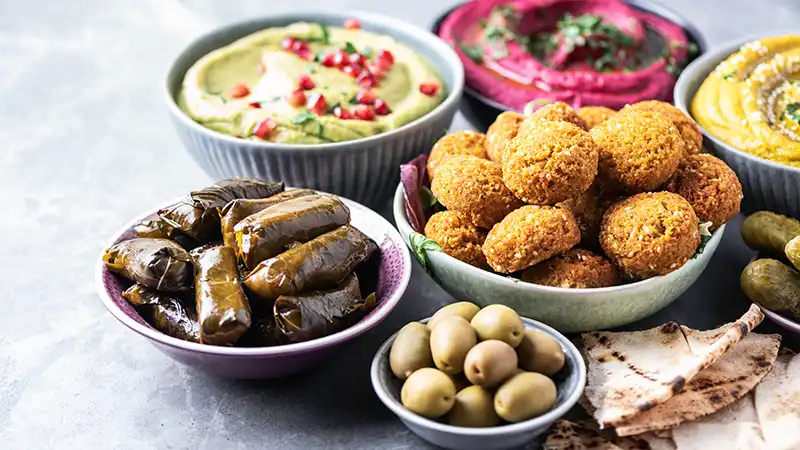
Unveiling the Richness of Local Flavors
Asia’s culinary map is as diverse as its landscapes, with each region offering something uniquely delicious. Let’s wander through the narrow lanes of Asia’s culinary diversity and taste the regional specialties that make each area distinct.
- Curries of Southeast Asia: From the creamy Thai Green Curry to the rich Indonesian Rendang, curries in Southeast Asia are a riot of flavors. Each region adds its twist, using local herbs and spices to create dishes that warm the heart.
- The Middle Eastern Mezze: Moving to the Middle East, the Mezze platter offers a glimpse into the region’s social dining culture. It’s a colorful array of small dishes, from tangy tabbouleh to smooth hummus, each bite a different taste of the Middle East.
- Japanese Kaiseki: In Japan, Kaiseki is the epitome of culinary sophistication. This multi-course meal is a showcase of seasonal ingredients and precise preparation, reflecting the deep respect for nature in Japanese culture.
- Chinese Regional Cuisines: China’s vastness brings with it an incredible variety of cuisines. From the spicy Sichuan flavors to the subtle tastes of Cantonese cooking, each region tells its own culinary story.
- Indian Thali: In India, a Thali is a microcosm of the country’s diversity. This platter, with its assortment of dishes, offers a taste of different regional flavors in one meal, symbolizing India’s unity in diversity.
The Secrets Behind Traditional Asian Cooking
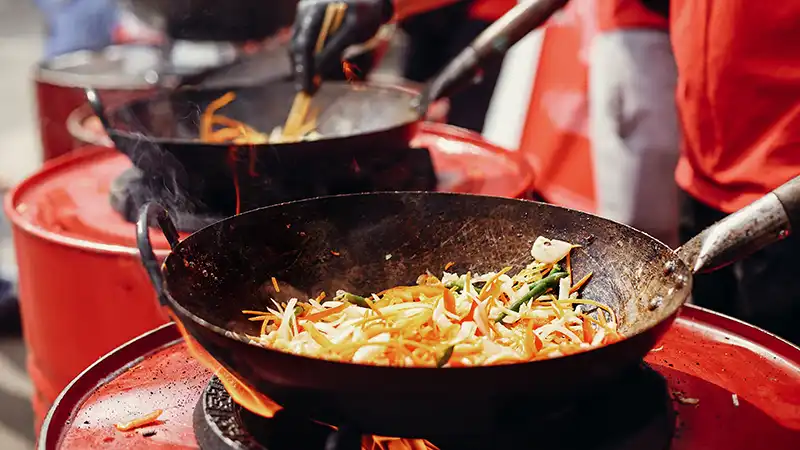
Discovering the Best Traditional Dishes in Asia
Asian cooking is a treasure trove of secrets passed down through generations. Each dish is a story of tradition, technique, and ingredients that come together to create magic on a plate. Let’s uncover some of these secrets that make Asian cuisine so extraordinarily diverse and delightful.
- The Art of Fermentation: Many Asian cuisines, like Korean and Japanese, have mastered the art of fermentation. This ancient technique not only preserves food but also enhances its flavors and nutritional value.
- Wok Cooking: The wok is central to many Asian kitchens, especially in China. Its unique shape allows for quick cooking, which retains the freshness and nutrients of ingredients, making dishes like stir-fries a healthy delight.
- Spice Blends: In countries like India and Thailand, spices are not just flavor enhancers; they are the essence of cooking. Mastering the art of blending spices is key to unlocking the authentic flavors of many Asian dishes.
- Rice: The Staple Ingredient: Across Asia, rice is more than just a side dish; it’s the heart of the meal. The way it’s prepared varies vastly, from steamed plain rice to elaborate biryanis and sushi.
- Street Food Vendors: They are the unsung heroes of Asian cuisine, perfecting recipes over years, often handed down through families. Their skills in creating mouth-watering dishes in the simplest of setups are unparalleled.
Authentic Asian Recipes for Home Cooks
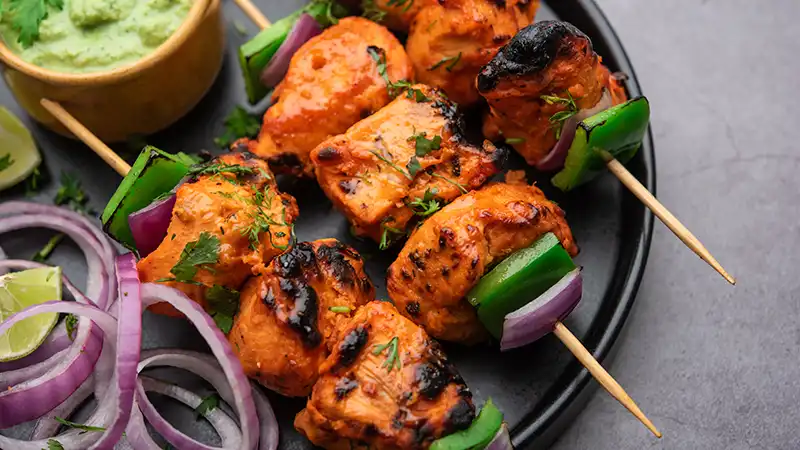
Bringing Asian Flavors to Your Kitchen
Ready to try your hand at some authentic Asian cooking? Here are a few simple recipes that will bring the essence of Asia right into your home. These dishes are easy to prepare and packed with flavor, perfect for any aspiring home chef.
- Easy Thai Green Curry: Start with a homemade green curry paste, blend fresh herbs like cilantro, basil, and lemongrass with green chilies. Simmer with coconut milk, vegetables, and your choice of protein for a fragrant Thai delight.
- Homemade Sushi Rolls: Sushi at home is easier than you think! Prepare sushi rice seasoned with vinegar, sugar, and salt. Lay it on a seaweed sheet, add slices of fresh fish or veggies, roll, and slice into bite-sized pieces.
- Chinese Stir-Fried Vegetables: Get your wok out for this one. Quickly stir-fry a mix of your favorite vegetables with garlic, soy sauce, and a hint of sesame oil for a simple yet delicious meal.
- Indian Chicken Tikka: Marinate chicken pieces in yogurt and a blend of spices like garam masala, cumin, and coriander. Grill or bake until juicy and tender. Serve with mint chutney for an authentic Indian experience.
- Vietnamese Spring Rolls: Wrap fresh veggies, herbs, and cooked shrimp or tofu in rice paper. These rolls are healthy, refreshing, and come with a delicious dipping sauce.
Street Food Delights: An Asian Street Food Guide

The Vibrant World of Asian Street Food
If you want to experience the heart of Asian cuisine, you must dive into its street food scene. It’s where tradition meets innovation, and every bite is a burst of local flavors. Let’s take a stroll through the bustling streets of Asia and explore some must-try street food delights.
- Vietnamese Banh Mi: This iconic sandwich is a fusion of French and Vietnamese cuisines. A crispy baguette filled with savory ingredients like pork, pate, fresh veggies, and herbs, it’s a flavor explosion in every bite.
- Japanese Takoyaki: These are delightful little balls of battered octopus, cooked in a special molded pan. Crispy on the outside and soft on the inside, Takoyaki is a popular street snack in Japan.
- Indian Chaat: Chaat is a blanket term for a variety of savory snacks. From Pani Puri to Bhel Puri, these dishes are a mix of spicy, tangy, and sweet flavors, a true testament to India’s diverse street food culture.
- Thai Mango Sticky Rice: For something sweet, this Thai dessert is a must-try. Sweet sticky rice paired with ripe mango and drizzled with coconut milk – it’s a simple yet irresistible treat.
- Malaysian Satay: Skewered and grilled meats served with a rich peanut sauce, Satay is a favorite in Malaysia. It’s smoky, savory, and absolutely satisfying.
Discovering Asian Spices and Flavors
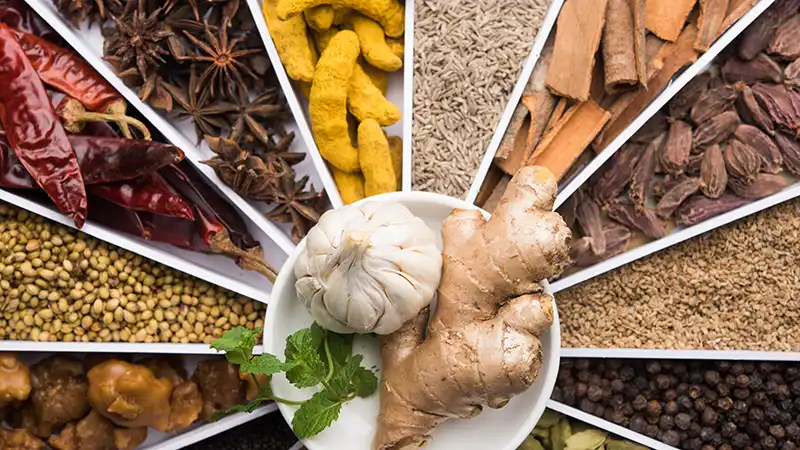
The Aromatic Essence of Asian Cuisine
Asian cuisine is a celebration of spices and flavors, each adding a distinct character to dishes. Let’s take a sensory journey and uncover the spices and flavorings that are the heartbeat of Asian culinary traditions.
- Ginger and Garlic: Widely used across Asia, these ingredients form the base of many dishes, imparting a warm, aromatic flavor.
- Soy Sauce and Fish Sauce: These sauces are fundamental in adding depth and umami to dishes, especially in Chinese, Japanese, and Southeast Asian cooking.
- Curry Powders and Pastes: From India to Thailand, curry powders and pastes vary in ingredients and heat levels, each lending a unique flavor profile to dishes.
- Star Anise and Cinnamon: These warm spices are often used in Chinese and Vietnamese cuisines, giving a sweet and spicy note to dishes.
- Lemongrass and Kaffir Lime Leaves: These fragrant herbs are essential in Thai and Indonesian cuisines, adding a fresh, citrusy aroma.
Asian Dining Experiences: Beyond the Plate
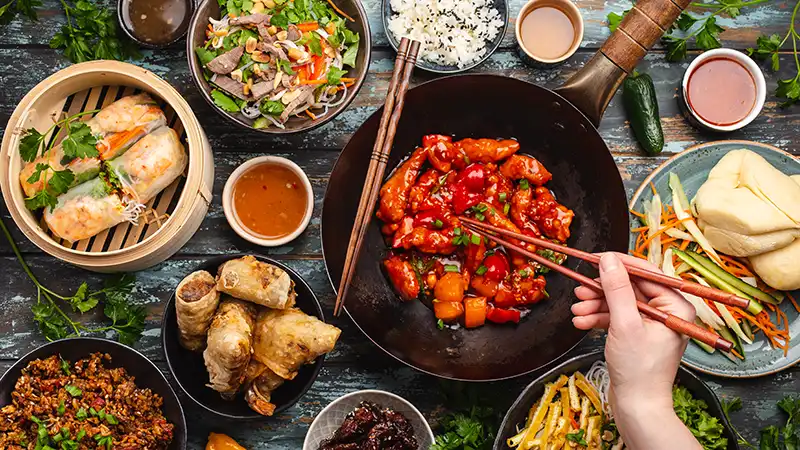
The Social Fabric of Asian Dining
In Asia, dining is more than just eating; it’s an experience that weaves together the fabric of social and cultural life. Let’s delve into the unique dining experiences that Asia offers, where food is a medium for connection and celebration.
- Communal Eating: In many Asian cultures, meals are often shared, fostering a sense of community and togetherness. Dishes are placed at the center of the table, encouraging conversation and interaction.
- Street Food Markets: Buzzing with energy, street food markets are social hubs where locals and tourists alike gather to enjoy a variety of dishes, reflecting the vibrancy of Asian cities.
- Traditional Tea Ceremonies: In countries like China and Japan, tea ceremonies are a revered tradition, symbolizing harmony, respect, and tranquility. It’s an immersive experience that goes beyond just sipping tea.
- Festive Foods: Festivals in Asia are incomplete without specific foods. These dishes, often prepared with great care, are integral to the celebration and hold deep cultural significance.
And there you have it – a whirlwind tour of the “best traditional dishes in Asia.” Each dish, each spice, and each dining experience is a window into the rich tapestry of Asian cultures. Whether it’s through the communal joy of a shared meal, the bustling energy of street food markets, or the serene ritual of a tea ceremony, Asia’s culinary landscape is as diverse as it is flavorful.
So, what’s your favorite Asian dish? Share your culinary adventures and discoveries. And remember, the best way to understand a culture is through its food. Keep exploring, keep tasting, and keep traveling!

